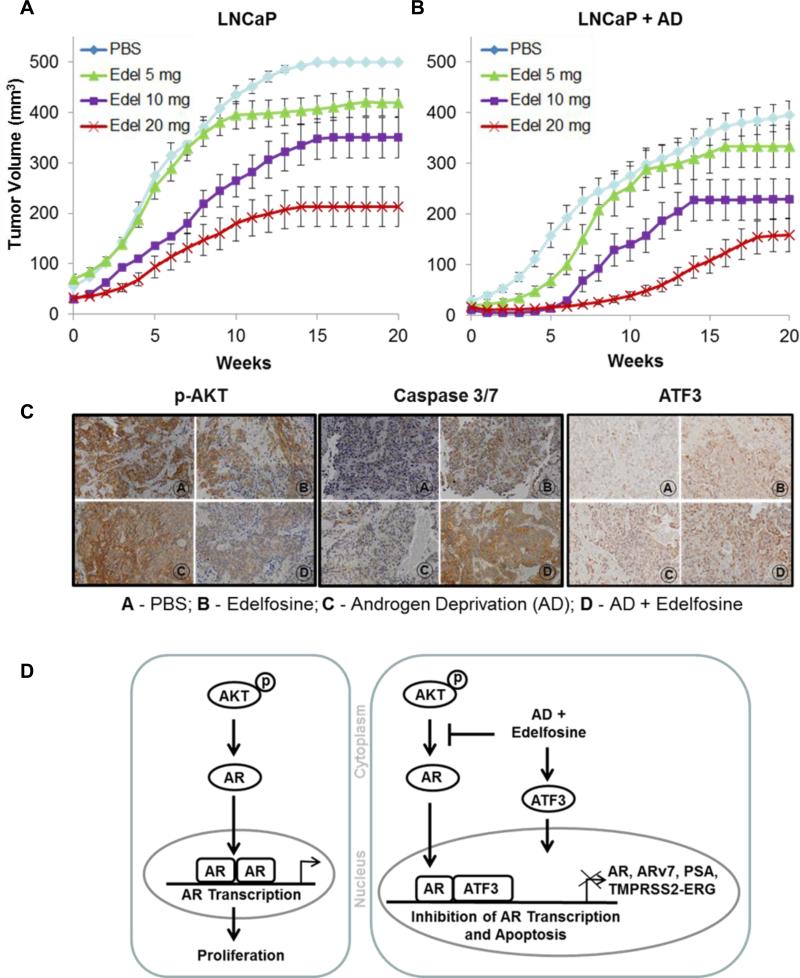Figure 5. Growth curves showing in vivo tumor growth inhibition after AD and edelfosine treatment.
LNCaP cells (5 × 105) were implanted into the dorsal prostate of athymic nude mice (n = 9 - 13). Two weeks after tumor implantation, serum PSA levels were measured weekly. Mice in the group without AD were treated orally by gavage when the PSA levels are between 3.0 – 8.0 ng/ml. For the groups with AD bilateral orchiectomy was performed 3 days prior to edelfosine treatment. A total of eight groups of animals were studied: PBS (control) and three concentrations of edelfosine were given at doses 5, 10 and 20 mg/kg, 3 days per week for 10 weeks, with and without AD. Post-treatment tumor volume and weekly serum PSA levels were determined by MRI and ELISA respectively. The curves and bars represent mean ± SEM of numerical fits of tumor growth curves for individual animals. (A) Edelfosine alone; and (B) Edelfosine combined with AD. (C) Expression of p-AKT, caspase 3/7 and ATF3 after AD and edelfosine (20 mg/kg) treatments in vivo. Orthotopically grown LNCaP tumors was excised 24 h after the treatment and were processed for immunohistochemistry. The sections were stained for p-AKT, caspase 3/7 and ATF3. (Panel A -PBS; Panel B - Edelfosine; Panel C - Androgen deprivation (AD); Panel D - AD + Edelfosine). Images were scanned and captured with a VS120-SL microscope. Magnification x20. (D) Schematic representation of AD and edelfosine mediated increase in ATF3 that interacts with AR, leading to the repression of AR-transcriptional activity and its downstream targets such as PSA, ARv7 and TMPRSS2-ERG fusion gene in prostate cancer cells.

